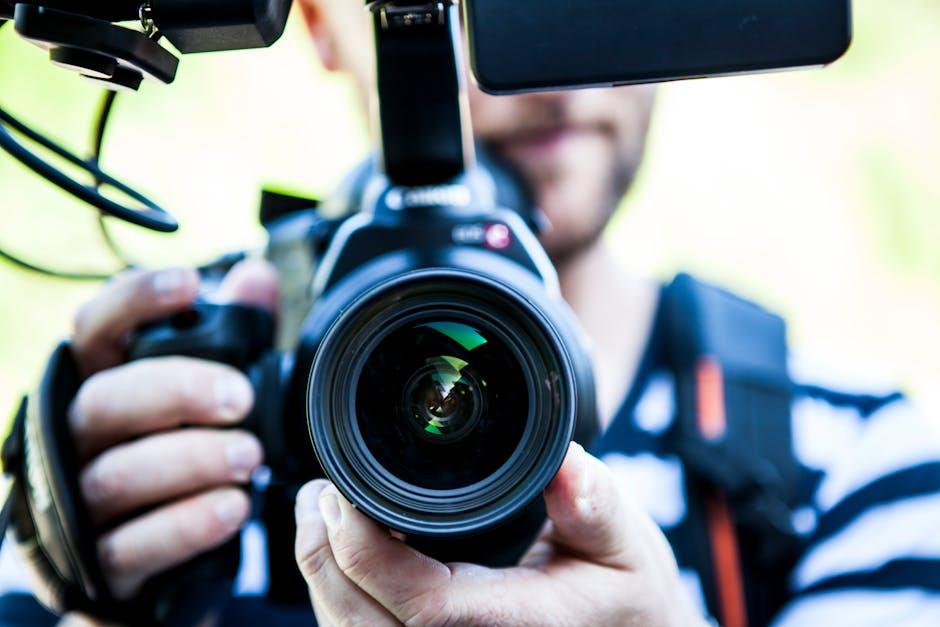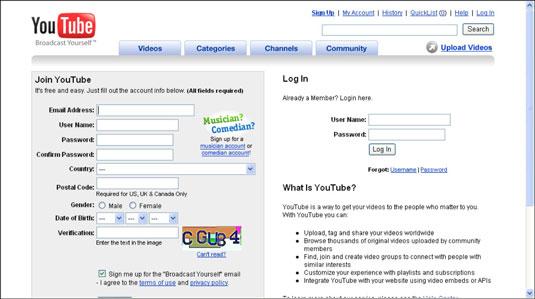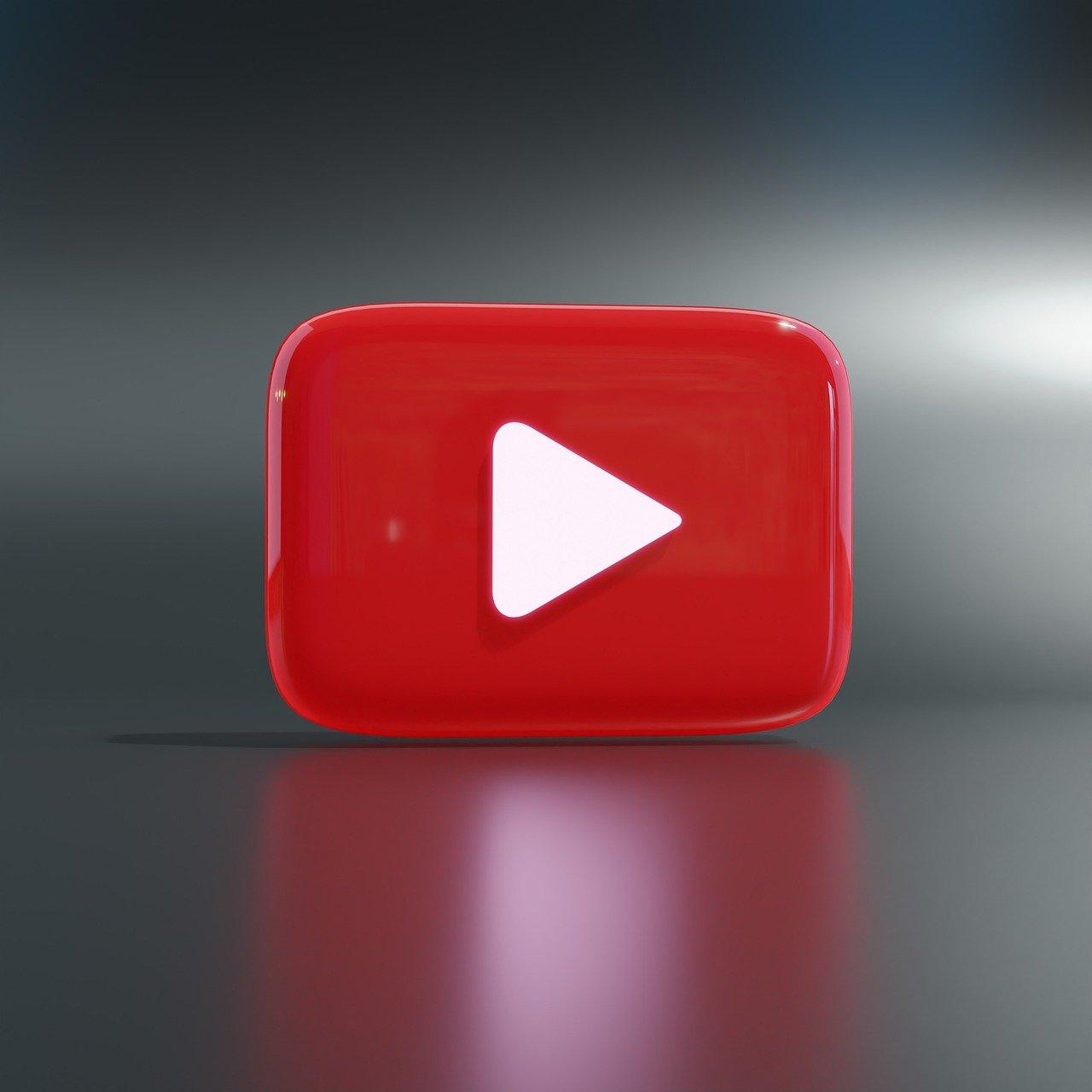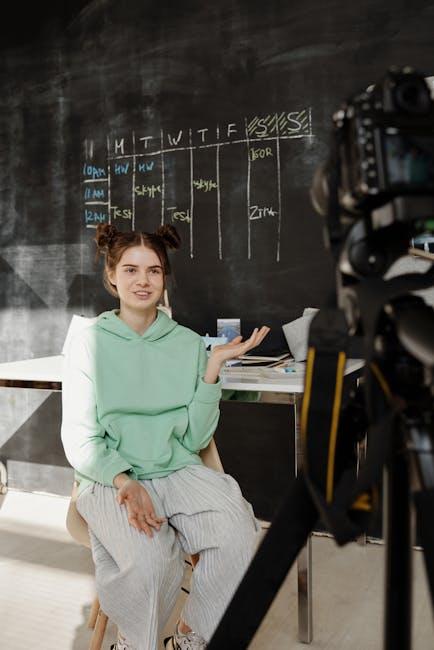Hey there! If you’ve ever found yourself in a bit of a pickle, wanting to grab a snippet of your favorite YouTube video to share with friends or create that perfect mashup, you’re not alone! The internet is buzzing with enthusiasts eager to tap into the creative goldmine that is YouTube. But wait, before you start clicking that “copy” button like it’s a golden ticket, let’s take a moment to dive into the gray areas of copyright law and fair use. Are you really allowed to snag a clip, or are you just opening Pandora’s box? In this article, we’ll unpack the truth about copying YouTube videos, exploring the dos and don’ts in a way that’s as easy to digest as your favorite snack. So, grab your virtual popcorn, sit back, and let’s navigate this wild world of video content together!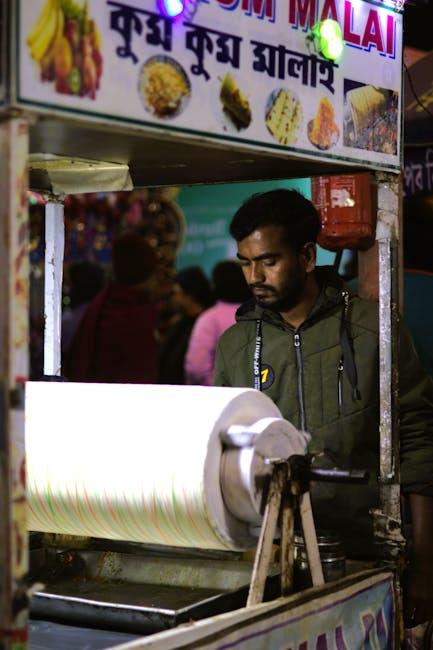
Understanding Fair Use and Copyright Laws in YouTube Videos
Have you ever found yourself wondering whether you can just swipe a clip from your favorite YouTube video? Well, the answer isn’t as black and white as you might think. Copyright laws are like the rules to a board game; they help protect creators while also setting the stage for fair play. Fair Use is a legal doctrine that allows limited use of copyrighted material without needing permission from the copyright owner. While it sounds great in theory, figuring out what qualifies as fair use can feel a bit like trying to decipher an ancient script. It generally covers uses like critique, comment, news reporting, teaching, scholarship, and research. But even if you’re using a snippet for a good cause, asking: “Am I really transforming this clip or just rehashing it?” is crucial. If your video adds something new—like context or commentary—you might just be in the clear.
However, keep in mind that fair use isn’t a free pass to use clips willy-nilly. It’s about balancing the scales between creativity and copyright. Factors like the purpose and character of your use, the nature of the copyrighted material, the amount used, and the effect it has on the market can all play a significant role in determining whether you’re on the safe side of the law or not. Just because someone else did it and didn’t get in trouble doesn’t mean you won’t face consequences. Use this handy table to weigh your options:
| Factor | Consideration |
|---|---|
| Purpose | Commercial vs. Educational |
| Nature | Creative vs. Factual |
| Amount | Length or Portion Used |
| Market Effect | Impact on Original Work’s Market |
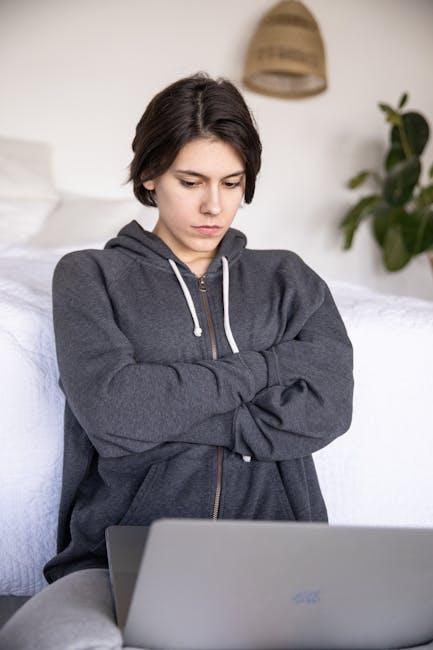
Exploring the Consequences of Unauthorized Video Copying
Let’s face it, the internet is a treasure chest of video content just waiting to be explored. However, when it comes to snagging those clips from YouTube, you might think twice before hitting that download button. Sure, it seems harmless to share a snippet of your favorite tutorial or that hilarious cat video, but unauthorized copying of content can lead to some serious repercussions. Think about it: just as you wouldn’t want someone else stealing your original work, creators who upload videos want their intellectual property protected. If you do end up copying a clip without permission, you could face some hefty penalties ranging from copyright strikes to potential legal battles.
The consequences extend beyond just legalities, though. Consider the ripple effects on the content community. When unauthorized copying becomes rampant, it undermines the work of creators who pour their hearts into making unique videos. It’s not just about the video itself; it’s about the entire creative process. By stealing a clip, you’re not only risking your own reputation but also contributing to a culture that disvalues original content. So, before you think it’s no big deal to grab a clip here and there, remember you’re not just playing with fire; you’re also potentially extinguishing the flame of creativity. It’s a slippery slope, and the best way to enjoy content is to respect the boundaries set by creators.

Tools and Tricks: How to Legally Share or Remix YouTube Content
So, you’ve found an amazing YouTube video that you want to share or remix, but you’re not quite sure how to do it without stepping on any copyright toes. The good news is that there are plenty of legitimate ways to use YouTube content, as long as you play by the rules! First off, check if the video has a Creative Commons license. This allows you to reuse and remix content as long as you give appropriate credit. Additionally, try reaching out to the original creator for permission—most people appreciate the outreach, and they might even give you a shout-out in return!
Another nifty trick up your sleeve is using fair use principles. This concept lets you use snippets of videos for purposes like commentary, criticism, or education without needing explicit permission. Just remember the golden rules: keep the clip short, transform the content in some way (like adding your commentary), and avoid using it for commercial purposes. You might consider this a bit like borrowing a friend’s awesome shirt for a night out—you can totally rock it, but you better return it in good shape! To keep track of all these potential content sources, you might want to create a handy reference table:
| License Type | Usage Rights |
|---|---|
| Creative Commons | Share and remix with attribution |
| Fair Use | Limited use for critique, education, etc. |
| Standard License | Not allowed without permission |
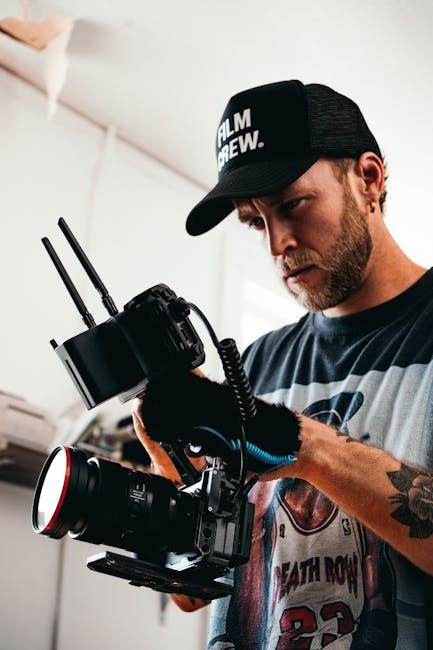
Creative Alternatives to Copying: Your Guide to Inspired Content Creation
When it comes to creating content, the temptation to simply snag a clip from someone else’s YouTube video can be strong. But why settle for copying when you can unleash your creativity? Instead, consider taking inspiration from the videos you love and infusing them with your own voice. Try these innovative ideas instead:
- Summarize with Style: Create a video that summarizes the main points while adding your unique commentary or analysis.
- Visual Mashups: Combine clips from different sources to craft a fresh narrative or message, giving credit where it’s due.
- Reactive Content: Record your genuine reactions to videos as a way to engage viewers and add your personal spin.
- In-depth Guides: Use the video as a jumping-off point for deeper exploration on related topics, offering your audience valuable insights.
Remember that originality is key in the online world. Instead of mimicking what’s already out there, think of your content as a canvas waiting for your artistic touch. By fostering your unique perspective, you not only create something worthwhile but also respect the original creators. Consider making a collab video where you discuss a topic with another content creator. This way, you’re both sharing ideas while keeping things fresh and engaging.
| Creative Idea | Description |
|---|---|
| Summarize with Style | Discuss key points with your personal take. |
| Visual Mashups | Blend clips for a new narrative. |
| Reactive Content | Share your live reactions. |
| In-depth Guides | Explore topics in detail from an inspiring clip. |
Insights and Conclusions
And there you have it, folks! We’ve journeyed through the ins and outs of snagging clips from YouTube videos— it’s like trying to catch confetti in the wind; it might seem tempting, but it’s not always a good idea. While the digital landscape offers a treasure trove of content just begging to be shared, we’ve learned that respecting creators and understanding copyright laws is the real way to keep our online community vibrant and fair.
So, next time you stumble upon that perfect clip that makes you want to hit ‘save,’ take a pause and consider: Is it worth risking a copyright claim? Or could you create something fresh and original that honors the inspiration without stepping on toes? By choosing the latter, you’re not just avoiding legal trouble—you’re also flexing those creative muscles!
Remember, there’s a world of opportunity out there to collaborate, remix, and innovate. Let’s celebrate those creative juices flowing while staying true to the spirit of originality. If you enjoyed this dive into the world of video copying, why not share your thoughts or experiences in the comments below? Until next time, happy exploring, and keep inspiring!
